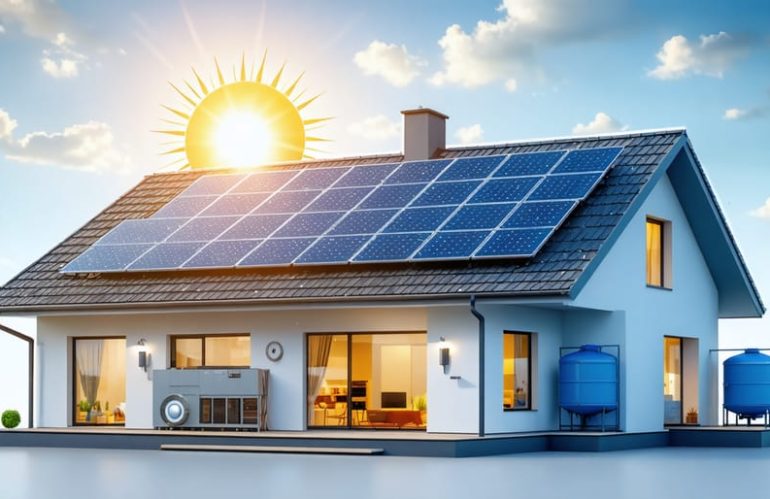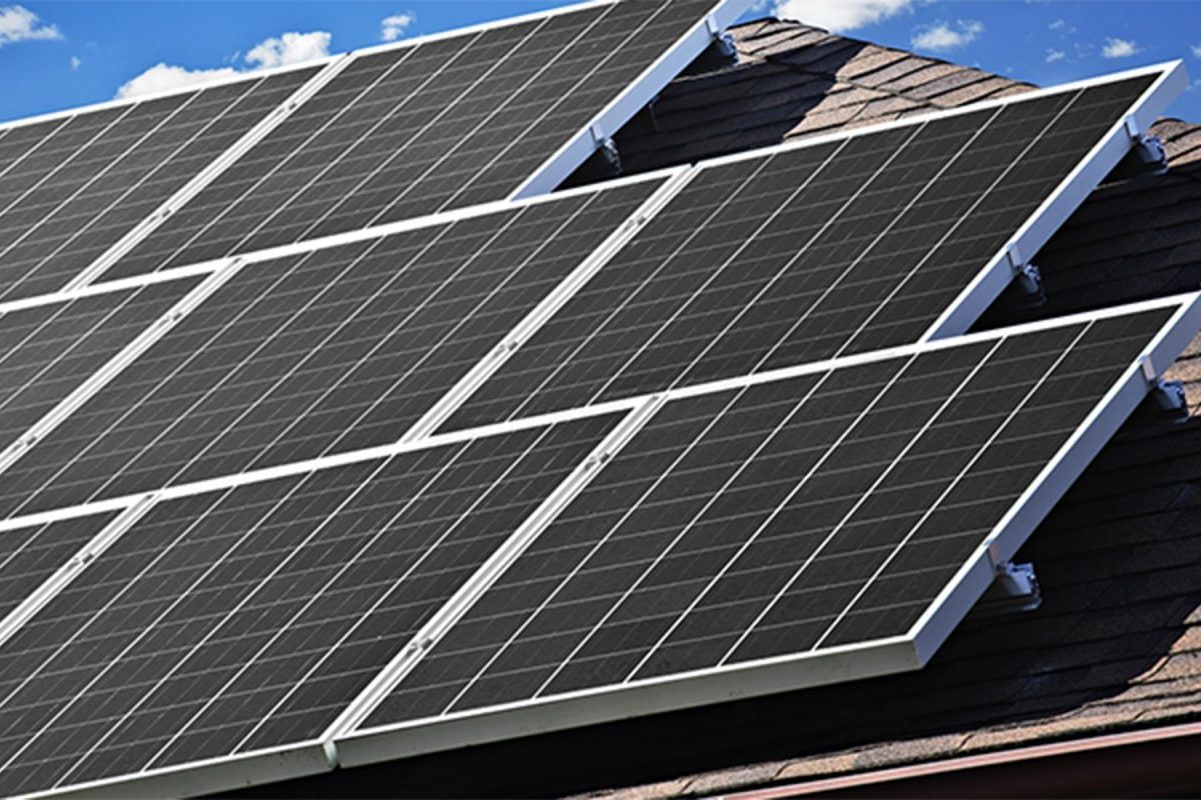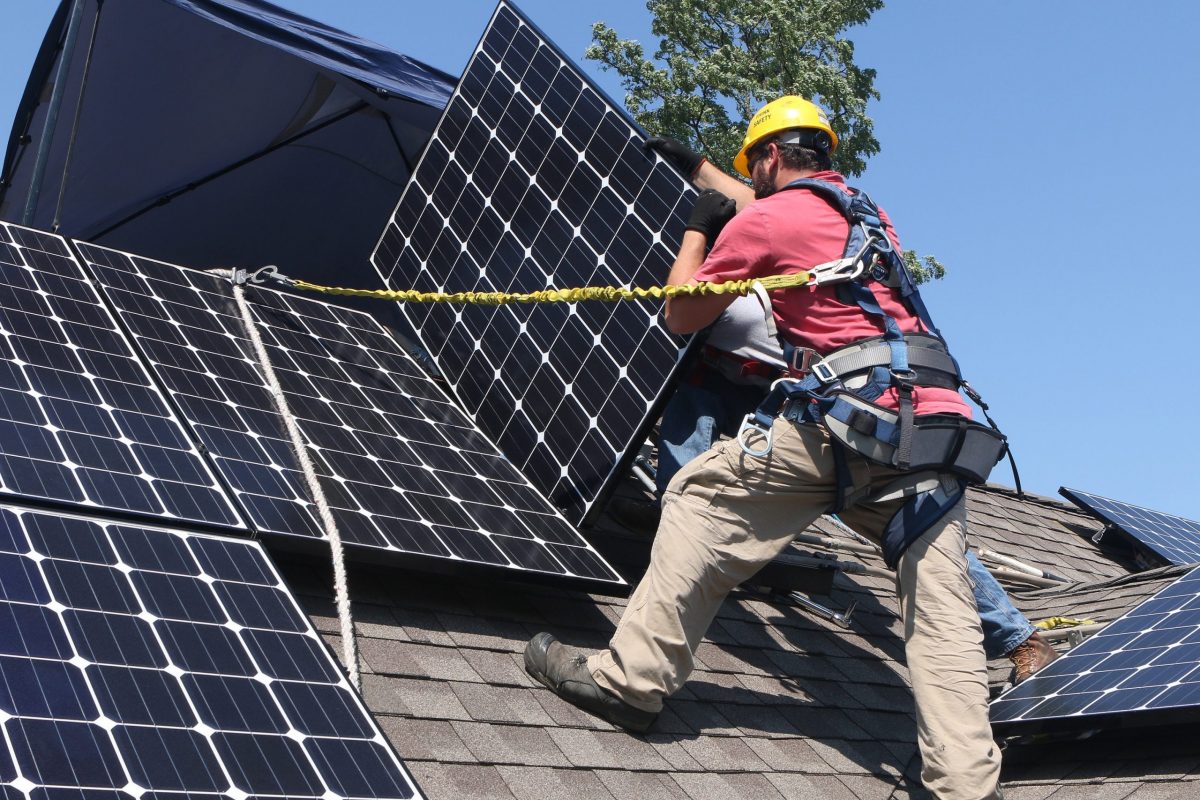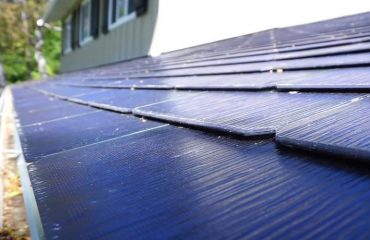Imagine a world where storing renewable energy is as simple as lifting and lowering weights. That’s exactly what gravity-based energy storage systems are making possible today. This breakthrough technology transforms excess solar and wind power into potential energy by elevating heavy masses, then releases that energy by lowering them when needed – much like a grandfather clock using gravity to keep time, but on a much grander scale.
For homeowners already investing in solar panels, gravity storage could be the missing piece in achieving true energy independence. Unlike traditional batteries that degrade over time and contain harmful chemicals, gravity-based systems offer a clean, sustainable way to store energy for days or even weeks. By harnessing one of nature’s most fundamental forces, these systems are revolutionizing how we think about energy storage, promising lower utility bills and more reliable power for environmentally conscious households.
As the renewable energy landscape evolves, gravity storage stands out as a practical solution that’s both elegantly simple and remarkably effective.
What Makes Gravity Storage Different?
The Simple Science Behind Gravity Storage
Gravity storage works on a beautifully simple principle that we all learned about in grade school: what goes up must come down. When excess energy is available (like during sunny hours from your solar panels), the system uses this power to lift heavy weights or pump water to a higher elevation. Later, when energy is needed, these weights are allowed to fall or the water flows downward, turning turbines to generate electricity.
Think of it like a grandfather clock, where raising the weights stores potential energy that’s later released to keep the clock running. In larger systems, concrete blocks weighing hundreds of tons are raised using renewable energy, storing that energy until it’s needed. For water-based systems, it’s similar to a dam, but on a smaller scale – pumping water uphill when energy is abundant and releasing it through turbines when power is needed.
The beauty of gravity storage lies in its simplicity and durability. Unlike batteries, there are no complex chemicals involved, just the reliable force of gravity doing what it naturally does best.
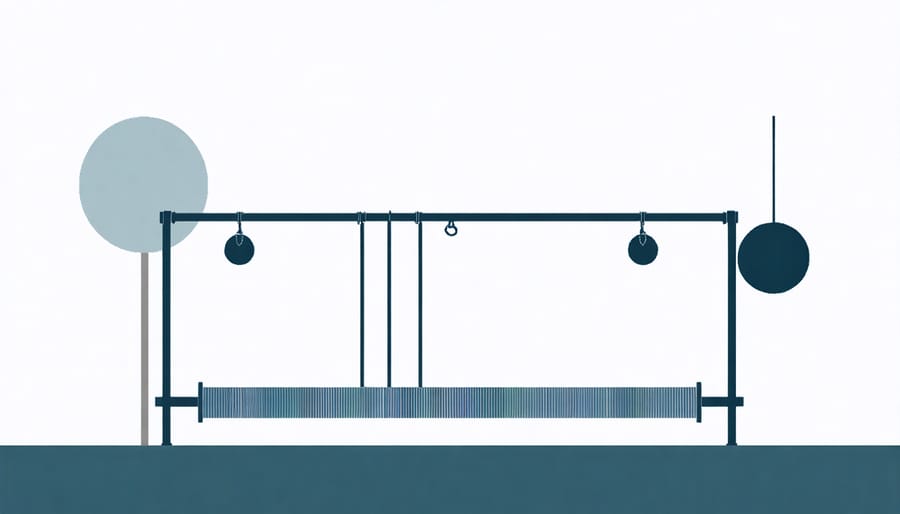
Why Homeowners Should Care
As energy costs continue to rise, gravity-based energy storage offers homeowners a innovative way to maximize their investment in solar panels and enhance their home energy security. This technology can store excess solar power generated during sunny days, making it available when you need it most – during evenings, cloudy days, or power outages.
For homes with solar installations, gravity storage systems can significantly reduce reliance on the grid and potentially eliminate the need for expensive chemical batteries. The system’s long lifespan – typically 25+ years with minimal maintenance – makes it an attractive investment for budget-conscious homeowners. Unlike traditional batteries, gravity storage systems don’t degrade over time and don’t contain harmful chemicals that require special disposal.
The technology’s scalability means it can be adapted to various home sizes and energy needs. Whether you’re running essential appliances during a blackout or powering your entire home, gravity storage provides reliable, clean energy when you need it. As utility rates continue to increase, having this independent power source can lead to substantial long-term savings while contributing to a more sustainable future.
Combining Solar and Gravity Storage
Perfect Partners: Solar Panels and Gravity Storage
Solar panels and gravity storage systems work together like a perfect team, creating an efficient and reliable home energy solution. While solar panels excel at generating clean energy during daylight hours, gravity storage systems step in to solve one of solar’s biggest challenges: nighttime power needs.
When your solar panels produce excess energy during peak sunlight hours, instead of sending it back to the grid, this energy can power the gravity storage system. The system uses this surplus to lift heavy weights or pump water uphill, effectively storing energy in the form of potential energy. When the sun sets or during cloudy periods, these weights are gradually lowered or water is released downhill, generating electricity exactly when you need it.
This partnership is particularly effective in high-performance solar home systems, where maximizing energy independence is crucial. The combination ensures a steady power supply throughout the day and night, reducing reliance on the grid and potentially eliminating the need for expensive chemical batteries.
For homeowners, this synergy translates to lower electricity bills, increased energy independence, and a more sustainable lifestyle. The system’s simplicity also means fewer maintenance concerns compared to traditional battery storage, making it an attractive option for those looking to optimize their solar investment.
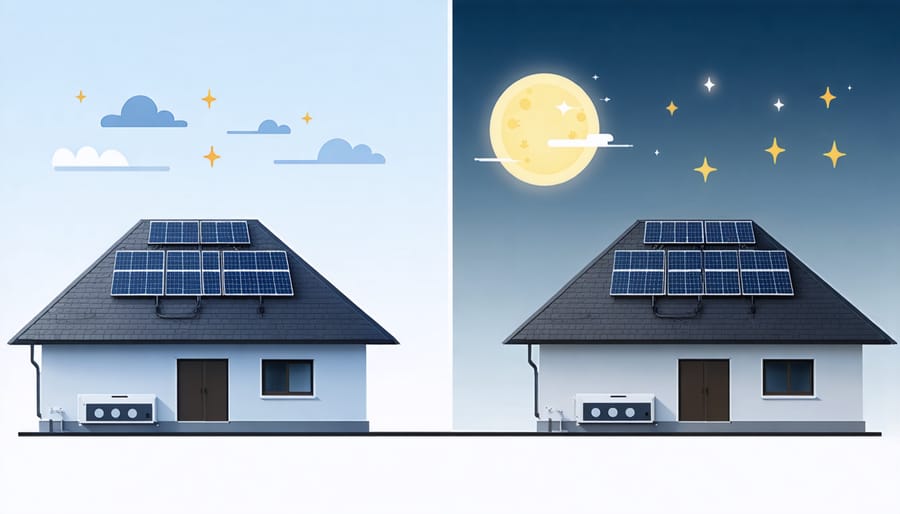
Real-World Benefits for Your Home
Gravity-based energy storage can bring significant value to your home by offering a reliable and cost-effective way to maximize your renewable energy investment. Unlike traditional batteries, these systems have minimal maintenance requirements and a longer lifespan, often lasting 20-30 years with minimal degradation in performance.
The financial benefits are particularly compelling. By storing excess solar energy during peak production hours, you can use it during expensive peak rate periods, potentially reducing your electricity bills by 30-40%. This means you could save hundreds or even thousands of dollars annually, depending on your energy consumption patterns and local utility rates.
These systems also provide exceptional reliability during power outages. Unlike chemical batteries that can fail unexpectedly, gravity-based storage systems offer consistent performance regardless of weather conditions. This means your home can maintain power during blackouts, keeping essential appliances running and protecting your family’s comfort and safety.
Environmental benefits extend beyond just energy savings. These systems are built with largely recyclable materials and don’t contain harmful chemicals, making them an environmentally responsible choice for your home. They also require minimal space compared to traditional battery banks, often utilizing vertical space that would otherwise go unused.
The system’s simple mechanical nature means fewer components that could fail, resulting in lower maintenance costs over time. This reliability, combined with the potential for significant energy savings, makes gravity-based storage an intelligent investment for forward-thinking homeowners.
The Future of Home Energy Storage

What’s Coming Next
The future of gravity-based energy storage looks incredibly promising, with several exciting innovations on the horizon. Engineers are developing more compact systems that could fit into standard residential basements, making it easier for homeowners to achieve complete energy independence. These newer systems will use advanced materials and more efficient designs to store more energy in smaller spaces.
Smart integration technology is also being developed to automatically coordinate between solar panels, gravity storage, and home energy usage. This means your system will intelligently decide when to store energy and when to release it, maximizing your savings and efficiency.
Perhaps most exciting is the development of modular gravity storage systems. These will allow homeowners to start small and expand their storage capacity as needed, making the initial investment more manageable. Researchers are also exploring innovative weight materials that could double or triple current storage capacities while maintaining the same footprint.
Community-scale gravity storage solutions are another emerging trend, where neighborhoods can pool resources to create shared energy storage facilities, making sustainable energy more accessible and affordable for everyone.
Making the Smart Choice Today
When considering gravity-based energy storage for your home, start by evaluating your current energy needs and consumption patterns. Look for systems that match your household’s daily usage and complement your existing solar setup. The initial investment might be higher than traditional batteries, but the longer lifespan and minimal maintenance requirements often make it more cost-effective in the long run.
Consider your available space carefully. While some systems can be installed in basements or garages, others might require outdoor installation. Check local building codes and HOA regulations before making a decision. It’s also wise to work with certified installers who have experience with gravity storage systems.
Start small with a modular system that can be expanded later as your needs grow. Many manufacturers offer scalable solutions that allow you to begin with basic capacity and add more storage capability over time. This approach helps manage upfront costs while ensuring future flexibility.
Pay attention to warranty terms and performance guarantees. Look for systems with comprehensive coverage and clear performance metrics. Consider joining local sustainability groups or online communities where you can learn from others who have already implemented gravity storage solutions in their homes.
As we’ve explored, gravity-based energy storage represents a promising solution for sustainable energy management. This innovative technology offers a reliable, environmentally friendly way to store excess energy from renewable sources, making it particularly valuable for homeowners with solar installations. By harnessing the simple power of gravity, these systems can help reduce electricity bills while providing dependable backup power when needed.
The advantages are clear: minimal environmental impact, long system lifespan, and consistent performance regardless of weather conditions. Unlike traditional batteries, gravity storage systems don’t rely on rare earth materials or toxic chemicals, making them a truly sustainable choice for environmentally conscious homeowners.
As the technology continues to evolve and become more accessible, gravity-based storage could play a crucial role in your home’s energy independence. Whether you’re looking to maximize your solar investment or simply want a more sustainable energy solution, consider gravity storage as part of your clean energy journey. With its combination of simplicity, reliability, and eco-friendliness, gravity storage technology represents a smart step toward a more sustainable future for your home.

